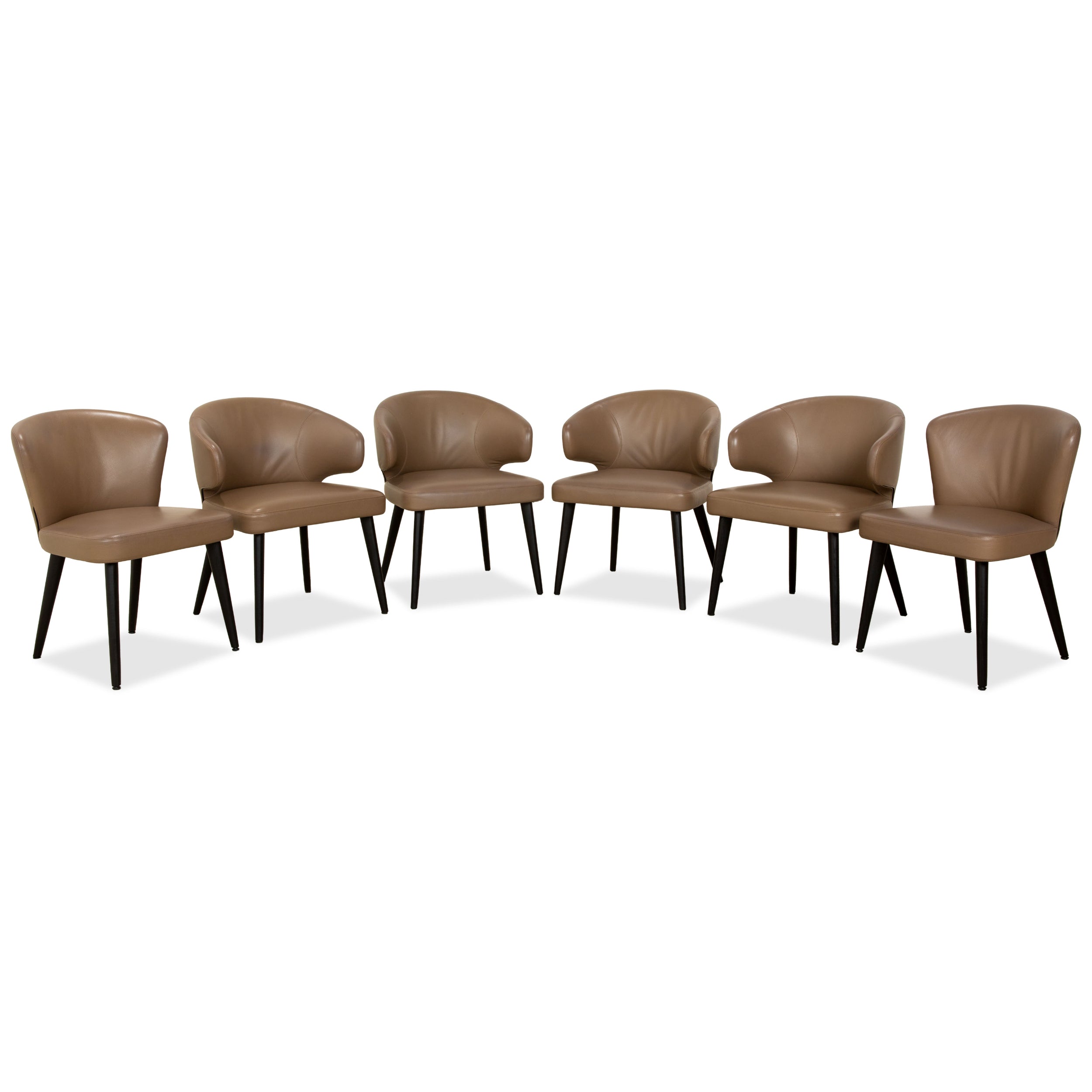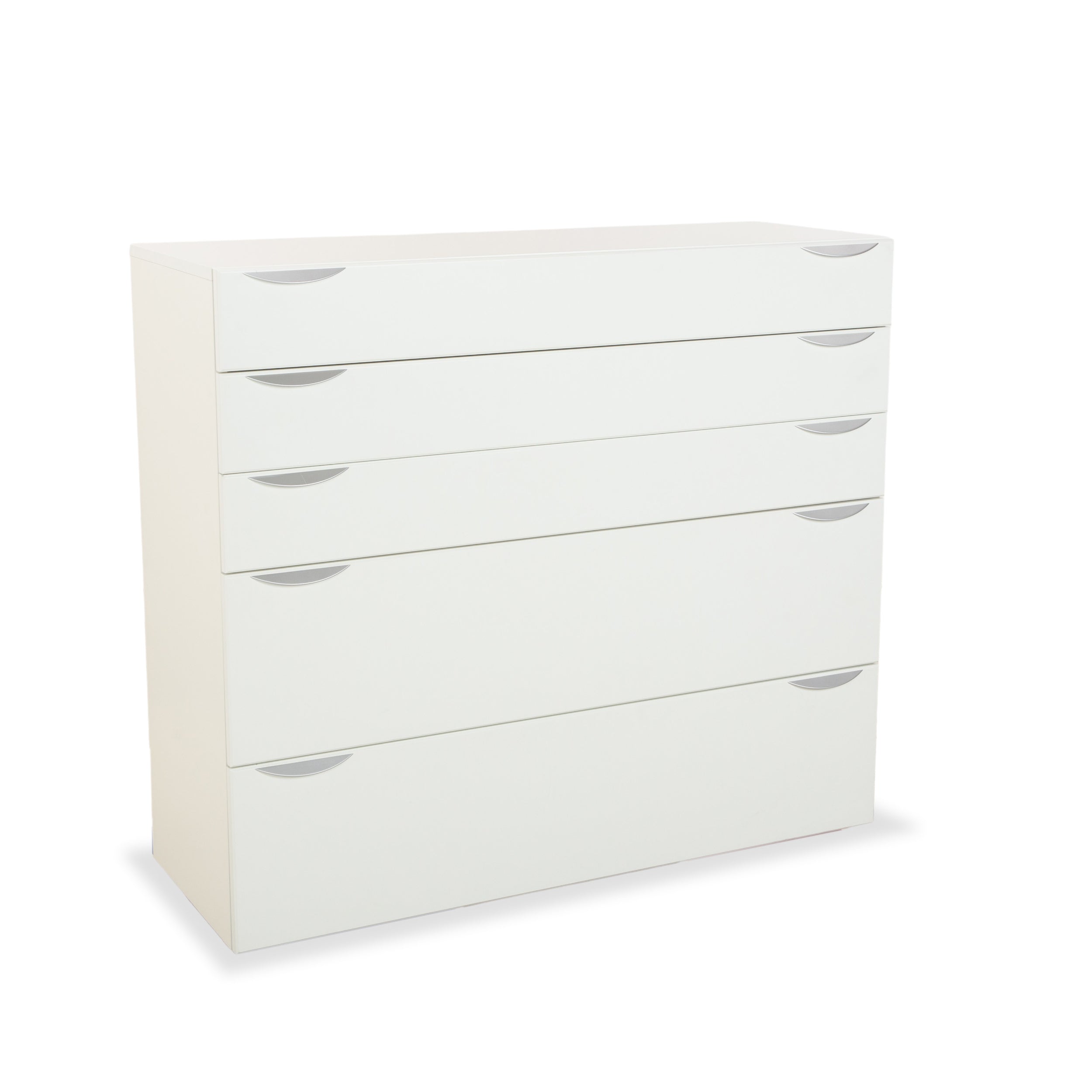The bicycle - mobile and sustainable
THE BICYCLE - SUSTAINABLE AND MOBILE
But which type of bike suits you?
You want to move around in everyday life sustainably, free of charge and be as independent as possible? A bicycle is the perfect alternative to a car and public transport.
Bicycles are in demand like never before. Around 75.9 million bikes were on the roads in Germany in 2019. In times of bike sharing, the number continues to grow - and at the same time the trend for sustainable and mobile mobility for short distances.
However, this begs the question: which bike best suits your needs? Here we present the most popular types of bicycles and their advantages and disadvantages.
trekking bike
This type of two-wheeler is just as suitable for everyday routes as for a bike tour at the weekend, which sometimes leads off-road. The slightly inclined seating position ensures high driving stability. With its equipment, mudguard and lighting system, the trekking bike is prepared for every season and time of day. Thanks to the carrier system and road safety, the trekking bike is one of the most popular, universally usable types of bike.
The city bike
The name already gives it away - the city bike was developed for relaxed city trips. An upright and comfortable sitting position provides overview, while the equipment is street-ready. Saddle and tires are rather wide, a low entry makes it easier for older people to use it. The basket, which is usually already attached, is used for shopping. Disadvantages: The city bike is not suitable for unpaved paths. The weight is also rather unwieldy and unsuitable for sporty and long trips.
Mountain Bike & Cross Bike and Dirt Bike
All three bike types are ideal for off-road tours. A strongly profiled and wide tires provide the necessary grip, the wide handlebars help to control the bike better. They all have a freewheel and frames made of steel, carbon or aluminum. While the front-suspended cross bike also rides well on asphalt, extreme off-road trips are more for dirt bikes and cross bikes.
The dirt bike is mainly used for jumping and has no gears (single speed). All three types of bicycles have one disadvantage in common: They do not comply with the StVZO and are therefore unfortunately not suitable for everyday use.
touring bike
This bicycle withstands heavy loads in terms of weight due to steel tubes with thicker walls. The possibility to take a lot of luggage with you and a finely structured derailleur gear system enable long tours in the lowlands and in the mountains.
The racing bike
The type of bike trimmed for lightweight construction is usually equipped with a carbon frame and is designed for maximum speed. The user sits hunched over on this bike and can only use paved roads with the extremely narrow tires.Gravel bike
The trendsetter is the gravel bike. Thanks to wider tires, the modification of the racing bike can master city traffic just as much as we can on gravel roads and mud. The user sits much more comfortably on this bike and has a wider steering wheel for more control.
The folding bike
The foldable bike enables easy transport, so it is suitable for the trunk or in the train compartment - the commuter bike par excellence, as usually no extra ticket has to be purchased for it. Since the wheels are usually a bit smaller and therefore run less smoothly, it is more suitable for city traffic. The driving stability is also not optimal.
E BIKE
This type of bicycle is equipped with an electric motor and is very popular. While e-bikes work without pedaling power, the motor on electric bikes only switches on when you pedal ( E-bike drive - what are the differences? ). The advantage of both types is clear: longer distances and inclines are made easier. Unfortunately, the vehicle has to be charged regularly and is significantly heavier.
After this overview, you may feel like going on long bike tours in nature or a leisurely city ride. Or are you more the adventurer type?








